17 items - $284.00
- ×
 Ginkgo Extract, 60 mg, 100 Capsules
Ginkgo Extract, 60 mg, 100 Capsules - Vendor:
- ×
 Lysine, 500 mg 100 capsules
Lysine, 500 mg 100 capsules - Vendor:
- ×
 Alkaline Minerals, 880 Mg, 100 Capsules
Alkaline Minerals, 880 Mg, 100 Capsules - Vendor:
- ×
 Wintergreen Essential Oil, 10 cc (10 ml)
Wintergreen Essential Oil, 10 cc (10 ml) - Vendor:
- ×
 Glutamine, 500 mg, 100 capsules
Glutamine, 500 mg, 100 capsules - Vendor:
- ×
 L-Arginine , 500 Mg, 100 Capsules
L-Arginine , 500 Mg, 100 Capsules - Vendor:
- ×
 Pantothenic Acid, 450 Mg, 100 Capsules
Pantothenic Acid, 450 Mg, 100 Capsules - Vendor:
- ×
 Essential Amino Acids, 500 mg 100 caps
Essential Amino Acids, 500 mg 100 caps - Vendor:
- ×
 Rose Hips, 575 Mg, 100 Caps
Rose Hips, 575 Mg, 100 Caps - Vendor:
- ×
 Lipase & Pancreatin, 500 mg 100 capsules
Lipase & Pancreatin, 500 mg 100 capsules - Vendor:
- ×
 Vitamin C (Ascorbic Acid), 1000 Mg, 100 Capsules
Vitamin C (Ascorbic Acid), 1000 Mg, 100 Capsules - Vendor:
- ×
 Spearmint & Citrus Deodormint - Travel Size - .5 oz
Spearmint & Citrus Deodormint - Travel Size - .5 oz - Vendor:
- ×
 Liver Support Tea (9 herbs), 1/4 lb
Liver Support Tea (9 herbs), 1/4 lb - Vendor:
Subtotal: $284.00

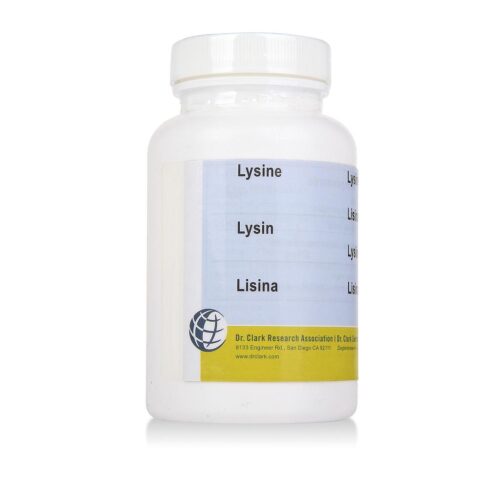 Lysine, 500 mg 100 capsules
Lysine, 500 mg 100 capsules  Alkaline Minerals, 880 Mg, 100 Capsules
Alkaline Minerals, 880 Mg, 100 Capsules  Wintergreen Essential Oil, 10 cc (10 ml)
Wintergreen Essential Oil, 10 cc (10 ml) 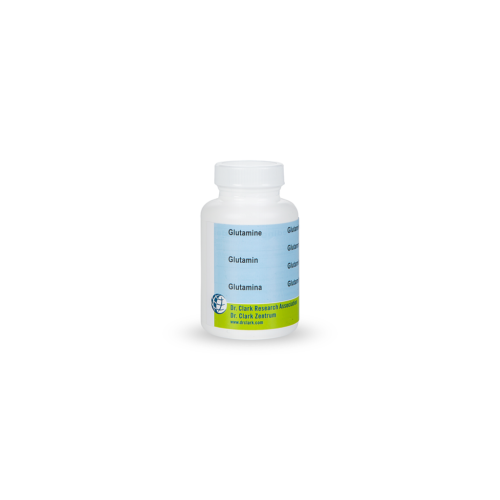 Glutamine, 500 mg, 100 capsules
Glutamine, 500 mg, 100 capsules 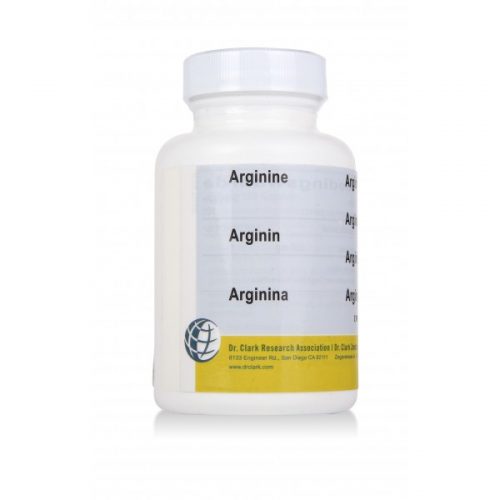 L-Arginine , 500 Mg, 100 Capsules
L-Arginine , 500 Mg, 100 Capsules  Pantothenic Acid, 450 Mg, 100 Capsules
Pantothenic Acid, 450 Mg, 100 Capsules  Essential Amino Acids, 500 mg 100 caps
Essential Amino Acids, 500 mg 100 caps  Rose Hips, 575 Mg, 100 Caps
Rose Hips, 575 Mg, 100 Caps 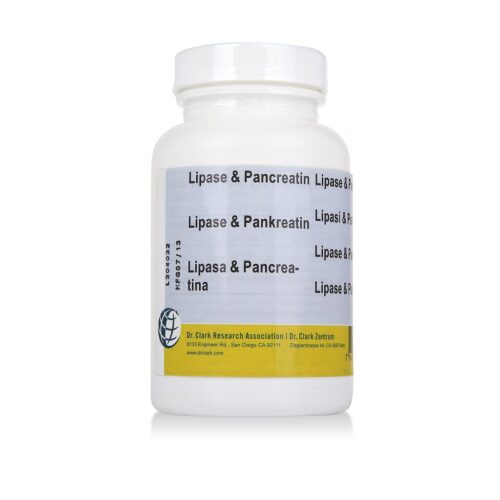 Lipase & Pancreatin, 500 mg 100 capsules
Lipase & Pancreatin, 500 mg 100 capsules  Vitamin C (Ascorbic Acid), 1000 Mg, 100 Capsules
Vitamin C (Ascorbic Acid), 1000 Mg, 100 Capsules  Spearmint & Citrus Deodormint - Travel Size - .5 oz
Spearmint & Citrus Deodormint - Travel Size - .5 oz 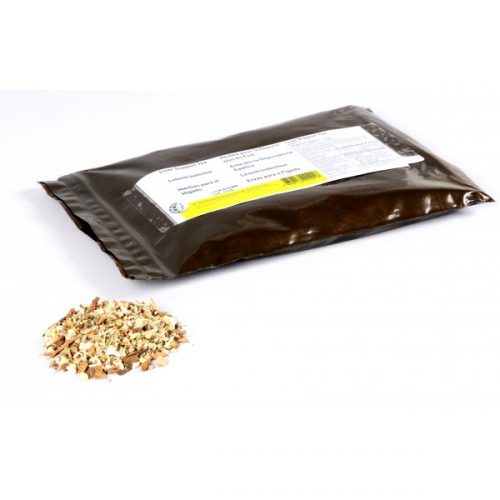 Liver Support Tea (9 herbs), 1/4 lb
Liver Support Tea (9 herbs), 1/4 lb  Industrial Solvents
Industrial Solvents



